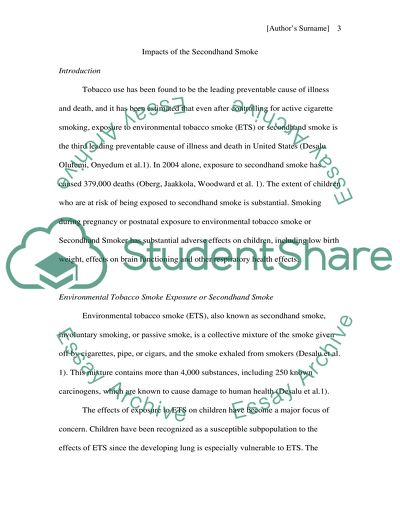Cite this document
(“Impacts of the Secondhand Smoke Research Paper Example | Topics and Well Written Essays - 2250 words”, n.d.)
Retrieved de https://studentshare.org/health-sciences-medicine/1391430-impacts-of-the-secondhand-smoke
Retrieved de https://studentshare.org/health-sciences-medicine/1391430-impacts-of-the-secondhand-smoke
(Impacts of the Secondhand Smoke Research Paper Example | Topics and Well Written Essays - 2250 Words)
https://studentshare.org/health-sciences-medicine/1391430-impacts-of-the-secondhand-smoke.
https://studentshare.org/health-sciences-medicine/1391430-impacts-of-the-secondhand-smoke.
“Impacts of the Secondhand Smoke Research Paper Example | Topics and Well Written Essays - 2250 Words”, n.d. https://studentshare.org/health-sciences-medicine/1391430-impacts-of-the-secondhand-smoke.


